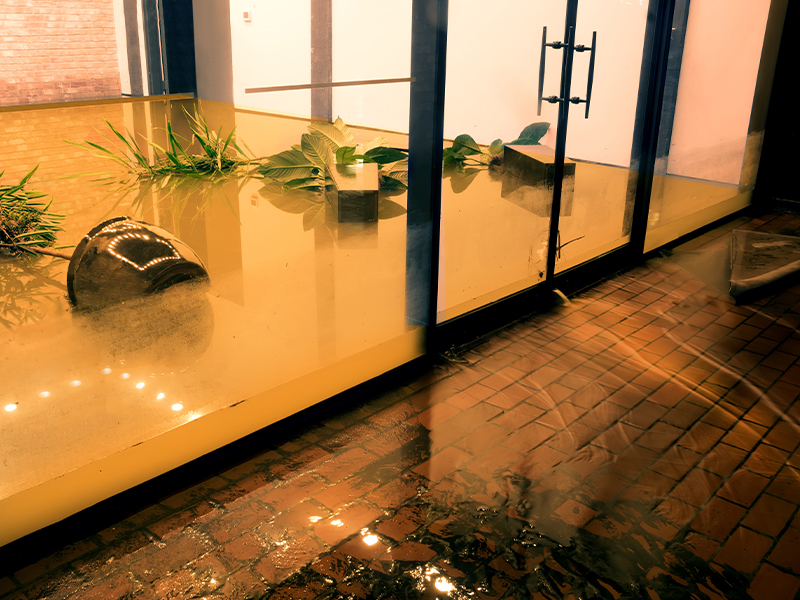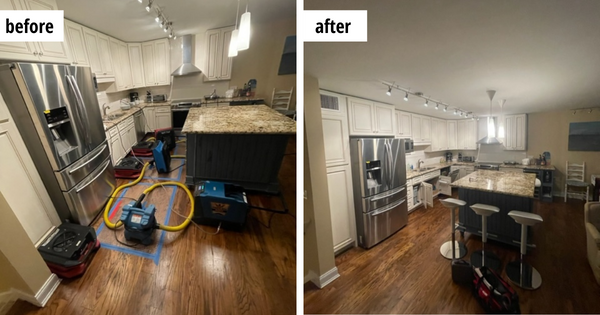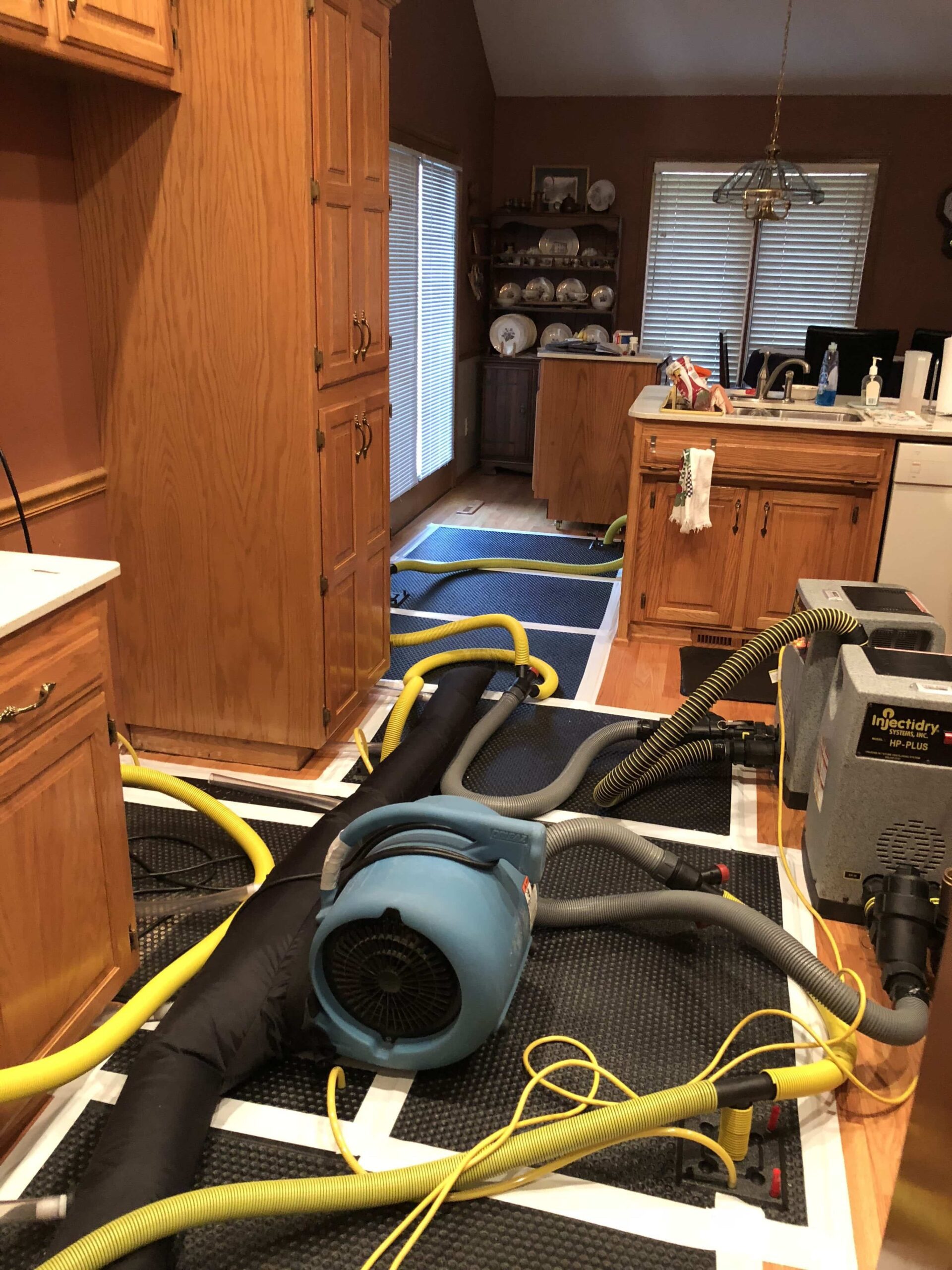Emergency Water Damage Restoration: Swift Feedback to Reduce More Damage
Water damage can strike suddenly and leave devastating results on services and homes. When confronted with such a scenario, a swift reaction is essential to reduce additional damages and prevent potential carcinogen. What specifically does emergency situation water damages reconstruction involve? In this discussion, we will certainly dive right into the value of immediate action, the assessment process, the actions included in water extraction and drying, mold and mildew prevention and remediation, and eventually, the reconstruction of the damaged area. By recognizing the necessity and thorough nature of this procedure, you will certainly gain beneficial insights right into exactly how specialists take on emergency situation water damages, making certain a swift and effective response.
Value of Swift Action

One of the main reasons swift feedback is necessary in water damages remediation is to avoid the development of mold and mildew. Mold not just creates further damages to the structure of the building yet additionally postures health and wellness threats to occupants.
In addition, a timely feedback can help salvage and restore beneficial personal belongings and properties. Water damages can be ravaging, specifically when it impacts personal items of financial or emotional worth. Acting quickly allows professionals to examine the damage and apply proper restoration methods to recover as much as possible. This not only assists to minimize monetary losses however additionally brings assurance to those influenced.
Analyzing the Extent of Damage
To effectively resolve the consequences of water damages, it is important to promptly analyze the extent of the damage caused upon the affected area. Examining the degree of water damage is a critical step in the restoration process as it aids repair professionals identify the suitable strategy and create a reliable remediation plan.
During the analysis, reconstruction specialists completely take a look at the affected location to determine noticeable indicators of damage, such as water stains, deformed materials, and mold growth. They likewise use customized tools to discover hidden damage, such as wetness meters and thermal imaging electronic cameras (home inspector philadelphia). This thorough analysis allows them to accurately identify the degree of the damages and establish a customized remediation strategy
Because it aids professionals prioritize their initiatives,Examining the level of water damages is vital. They can identify locations that call for prompt interest, such as standing water removal and drying, to avoid additional damage and minimize the threat of mold and mildew development. They can likewise identify the locations that need repair services or replacement, making sure that no damages goes unattended or unnoticed.
Additionally, a detailed analysis gives useful info for insurance coverage functions. It helps house owners and insurance policy adjusters comprehend the range of the damage, which is crucial for filing precise insurance claims and receiving the appropriate insurance coverage.
Water Removal and Drying Refine

The water extraction and drying out process is an essential action in water damages repair, as it includes the removal of excess water and the thorough drying of the damaged location to stop more damage and alleviate the risk of mold and mildew growth. After analyzing the extent of the water damage, the next step is to remove the water from the damaged location. This is typically done making use of customized devices such as dehumidifiers, pumps, and vacuums. These devices click for source are developed to efficiently and properly get rid of water from various surfaces, including walls, rugs, and floorings.
This step is essential in preventing secondary damage, such as architectural damage and the development of mold and mildew. The drying procedure might take several days, depending on the level of the water damages and the materials included.
It is necessary to make sure that the afflicted area is totally dry prior to waging any kind of repair services or repair. Failure to extensively dry the area can cause lasting problems, including damaged structures, moldy odors, and the development of mold and mildew. Specialist water damages reconstruction business use dampness detection devices to make sure that the damaged area is entirely dry prior to continuing to the following action.
Mold And Mildew Avoidance and Remediation

To avoid mold development, it is essential to deal with water damages promptly. The initial step is to repair the source and identify of the water intrusion.
In situations where mold and mildew development has actually already happened, removal is essential to remove the mold and stop its return. This includes the careful removal and disposal of damaged products, such as drywall or carpet, to ensure that all traces of mold and mildew are eliminated - mold remediation philadelphia. It is very important to note that mold remediation ought to be performed by specialists who have the essential training and tools to securely deal with and eliminate mold
Recovering the Affected Area
After addressing mold and mildew prevention and removal, the following vital action in water damage reconstruction is recovering the damaged location to its pre-damage problem. This action entails a detailed procedure to make certain that all traces of water damage are removed and the affected location is completely fixed.
To start with, it is vital to completely dry out the area to stop any kind of additional damages and to inhibit the development of mold and mildew. This may include making use of specialized drying equipment, such as dehumidifiers and industrial-grade fans, to eliminate all wetness from the afflicted surfaces.
When the area is completely dry, the repair procedure can start. This may entail fixing or replacing damaged architectural elements, such as ceiling, flooring, or drywall ceramic tiles. It is very important to deal with any type of underlying problems that may have caused the water damages, such as leaking pipelines or damaged pipes, to avoid future occurrences.
Additionally, restoring the affected area may likewise consist of repainting walls, replacing harmed components, and thoroughly cleansing and sanitizing the room. This makes sure that not only is the location structurally sound, yet it is additionally aesthetically pleasing and risk-free for tenancy.
Final Thought
Evaluating the degree of damage enables for effective water removal and drying procedures to be implemented. In general, prompt action Your Domain Name and thorough repair steps are key to minimizing the negative influences of water damage.
Swift reaction is of utmost relevance in water damage repair to reduce additional damages and reduce possible risks.Throughout the analysis, restoration specialists thoroughly examine the damaged area to recognize visible indicators of damage, such as water spots, warped products, and mold growth.The water removal and drying procedure is a critical step in water moved here damages repair, as it involves the elimination of excess water and the extensive drying of the damaged area to prevent more damage and minimize the danger of mold development. After assessing the degree of the water damage, the following step is to draw out the water from the affected location. mold inspection philadelphia.Effective mold and mildew avoidance and remediation are critical in water damage reconstruction to guarantee the safety and stability of the affected location